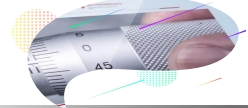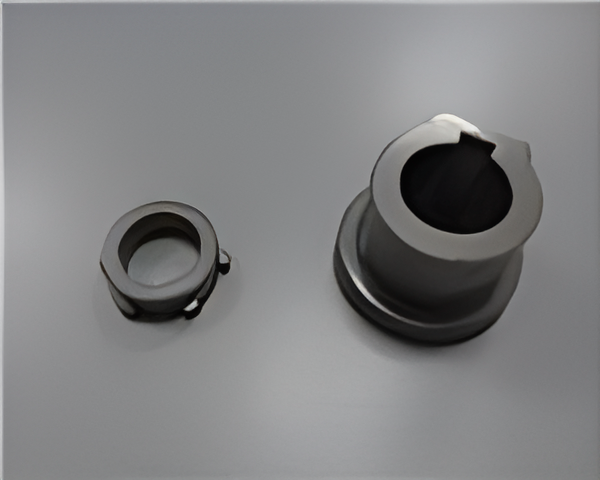Metal Injection Moulding (MIM) is widely acknowledged as a highly effective method for producing soft magnetic components. Beyond the benefits of achieving complex shapes for materials that are costly and challenging to machine, MIM processing presents enhancements in magnetic properties and a broader range of choices in material selection.

What are Soft Magnetic Materials?
Soft magnetic materials are a category of materials known for their ease of magnetization and demagnetization. They are commonly utilized in electromagnetic devices, such as motor cases featured by complex shapes, miniaturization, and generally high demand.
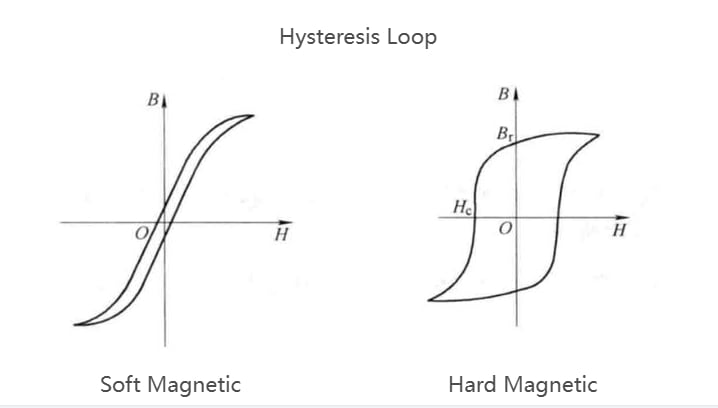
Properties of Soft Magnetic Materials:
The properties of soft magnetic materials include their susceptibility to magnetization and demagnetization under the influence of a magnetic field, along with low magnetic hysteresis, residual magnetism, and low magnetic permeability. These characteristics enable soft magnetic materials to effectively convert electrical energy in electromagnetic applications and exhibit excellent magnetic conductivity.
Magnetic Material Characteristics
- Maximum Permeability (μmax): Maximum permeability is a crucial performance parameter for soft magnetic materials, representing the maximum permeability achieved by the material under a specific magnetic field. In electromagnetic devices, this parameter is vital for enhancing the performance of transformers and inductors. Maximum permeability is typically measured under the material’s saturation magnetic field. This parameter specifies how quickly the material magnetizes in an applied magnetic field, ideally achieving high values.
- Maximum Magnetic Induction (B):Maximum magnetic induction is a significant parameter for soft magnetic materials, denoted by symbol B and measured in Tesla (T). It is defined as the maximum magnetic induction the material can reach under the maximum applied magnetic field. This parameter reflects the material’s magnetic field response capability in a saturated state, serving as a crucial indicator for evaluating the performance of soft magnetic materials.
- Coercive Force (Hc): Coercive force, also known as coercivity, refers to the magnetic field strength required for a material to return from saturation to demagnetized states. In other words, it is the magnetic field strength required for demagnetization after saturation. Coercive force is typically represented by the symbol Hc and measured in Amperes per meter (A/m). This parameter is a significant indicator of a material’s resistance to magnetization. For soft magnetic materials, lower coercive force results in reduced energy loss during the magnetization and demagnetization processes, indicating better magnetic performance.
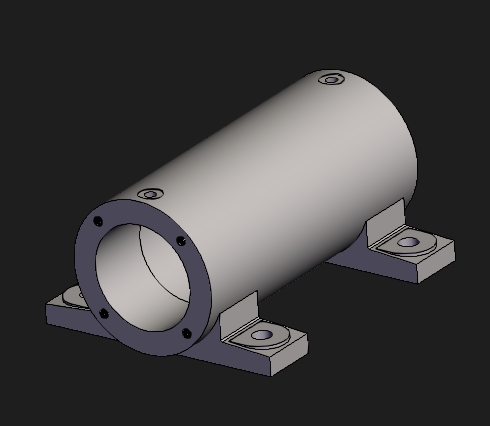
Comparison: MIM vs. Traditional Powder Pressing for Soft Magnetic Materials
-
- Design Flexibility: MIM excels in intricate geometries, providing superior design freedom compared to the constraints of powder pressing.
- Material Homogeneity: MIM ensures consistent material distribution, resulting in uniform magnetic properties throughout the product.
- Cost Efficiency: While MIM incurs higher initial tooling costs, it proves more economical for high-volume production due to reduced secondary operations.
- Performance and Properties: Both methods achieve desired magnetic properties, yet MIM offers comparable performance with additional advantages.
- Conclusion :MIM soft magnetic material products emerge as a compelling alternative, offering unmatched design flexibility, material homogeneity, and cost efficiency for electromagnetic applications.
Comparison: MIM Soft Magnetic Material vs. Forged Soft Magnetic Material Products
- Introduction: Soft magnetic materials are crucial for electromagnetic devices, traditionally manufactured through forging, while Metal Injection Molding (MIM) offers a novel approach. Here’s a comparison between MIM soft magnetic material products and forged soft magnetic material products.
- Manufacturing Process: Forging: Compresses metal powder into shape. MIM: Mixes metal powder with a binder, then manufactures parts through molding, demolding, and sintering.
- Design Flexibility: MIM: Achieves intricate geometries, providing greater design freedom compared to forging.
- Material Homogeneity: MIM: Ensures uniform material distribution for consistent magnetic properties.
- Cost Efficiency: MIM: Initial tooling costs are higher but more cost-effective for large-scale production due to fewer secondary operations. Unlike forged materials, MIM parts do not require annealing.
- Performance and Properties: Both methods achieve the desired magnetic properties, but MIM offers comparable performance with additional advantages.
- Conclusion:MIM soft magnetic material products stand as a robust alternative to traditional methods, offering design flexibility, material homogeneity, and cost efficiency for electromagnetic applications.

Comparison Between MIM Soft Magnetic Material and CNC Machined Soft Magnetic Material Products
- Introduction: Soft magnetic materials play a crucial role in electromagnetic devices, and Metal Injection Molding (MIM) and CNC machining stand as two primary methods for manufacturing soft magnetic material products. Comparing the strengths and weaknesses of these two approaches.
- Manufacturing Process: MIM: Formed by mixing metal powder with a binder and subsequent molding and sintering. CNC Machining: Achieved by cutting away excess material using a computer-controlled machine tool.
- Design Flexibility: MIM: Suitable for various complex geometries, offering greater design flexibility. CNC Machining: More appropriate for relatively simple geometries.
- Material Homogeneity: MIM: Ensures material uniformity through the mixing process. CNC Machining: Depends on the uniformity of the raw material, which may lead to uneven removal.
- Cost Efficiency: MIM: Suited for large-scale production, with lower unit costs. CNC Machining: Typically involves higher labor and equipment costs.
- Performance and Properties: MIM: Provides superior performance, including high density and improved magnetic properties. CNC Machining: While capable of delivering the required soft magnetic performance, it may be relatively conventional.
- Conclusion:Choosing between MIM and CNC machining for soft magnetic material products depends on production needs and design requirements. MIM stands out for large-scale production and design flexibility, while CNC machining is suitable for relatively simple geometries and small-batch production.
The industry standard for material grades in Metal Injection Molding (MIM) is defined by the MPIF Standard 35, “Metal Injection Molded Parts” (2007 edition), specifically addressing soft magnetic MIM materials. The material grades included in this standard are as follows:
MIM2200 (Fe-2%Ni-1%maxSi)
MIM-Fe-3%Si
MIM-Fe-50%Ni
MIM-Fe-50%Co
MIM-430L (Ferritic Stainless Steel)
Applications of Soft Magnetic Material
Galvanometer Motor Shell: Complex shape motor shell.
Automotive Sensors: Essential for sensors in vehicles, supporting functions like ABS systems and airbag deployment.
Power Supplies: Used for efficient power conversion and distribution in various electronic systems.
Medical Devices: Applied in medical equipment such as MRI machines for precise magnetic conponents: Integral in cameras, audio devices, and more, ensuring reliable performance.
Renewable Energy Systems: Contribute to efficient components in wind turbines and solar power systems.
Notably, MIM soft magnetic materials also play a crucial role in the AC/DC motor industry, showcasing their versatility and significance across diverse applications.
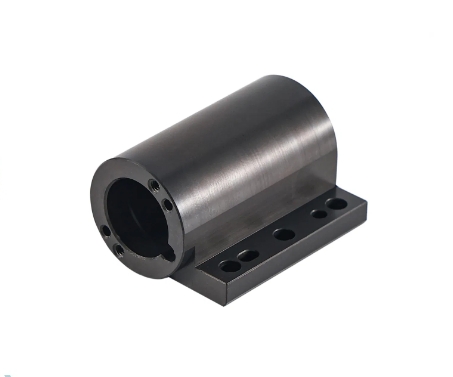
Soft magnetic material part supplier
If you require high-performance, precision-manufactured soft magnetic materials, we are confident in meeting your needs. Please get in touch with us to explore how MIM technology can enhance your product’s performance. Let’s collaboratively pave the way for future innovation!

